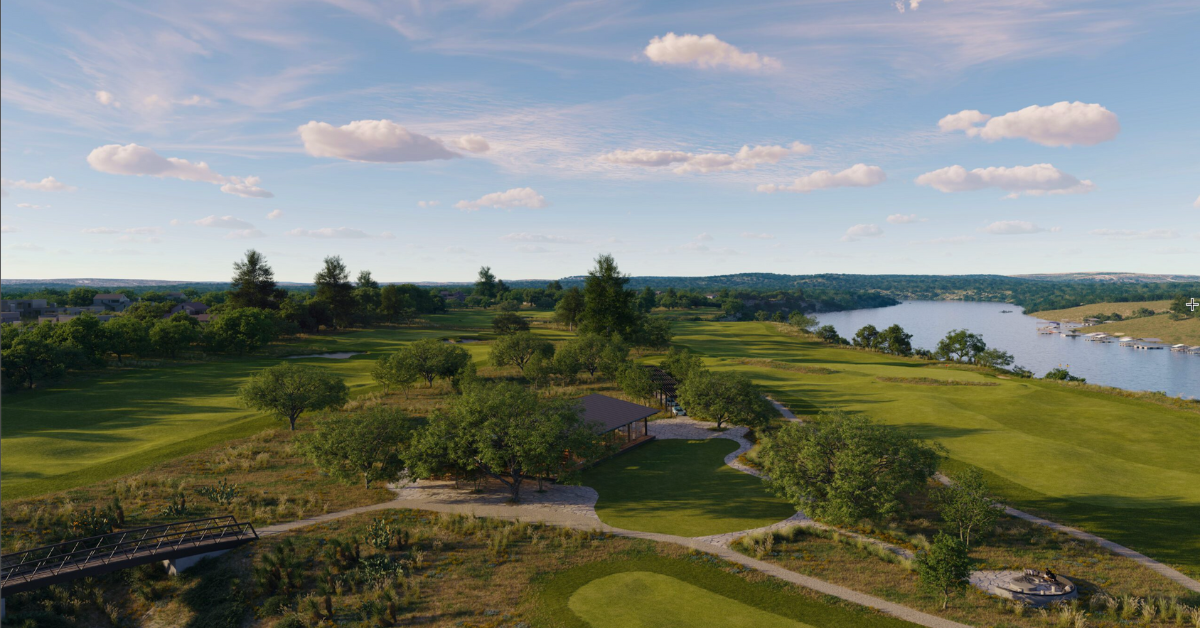Featured image ©istockphoto.com / AntonioGuillem
New technology and the need to adapt have transformed the traditional feel of museums and galleries around the world.
From smartphones to staying at home, the way we experience art has metamorphosed into something more comprehensive.
In a world ruled by social media, viewers are allowed an inside look into the lives of artists all over and their unique way of making art. Everything from gathering materials, to creating pieces, to live streaming exhibits are available. Now, we’re getting an inside look at entire collections, and it’s easy and accessible.
In Rotterdam, Netherlands, and part of the lush, rosebush-filled Museumpark, is the Museum Boijmans Van Beuningen. The museum displays an incredibly diverse collection of art and right beside it, donned in over 1,500 mirrored panels is the museum’s depot.
“Museum Boijmans Van Beuningen has a collection of more than 151,000 artworks but — like all museums worldwide — only displays between 6 to 8 percent in the galleries. The remaining objects are kept in storage facilities, closed to the public,” says Ina Klaassen, museum director of Depot Boijmans Van Beuningen. The first of its kind, the depot will transform the way visitors view the museum’s collection.
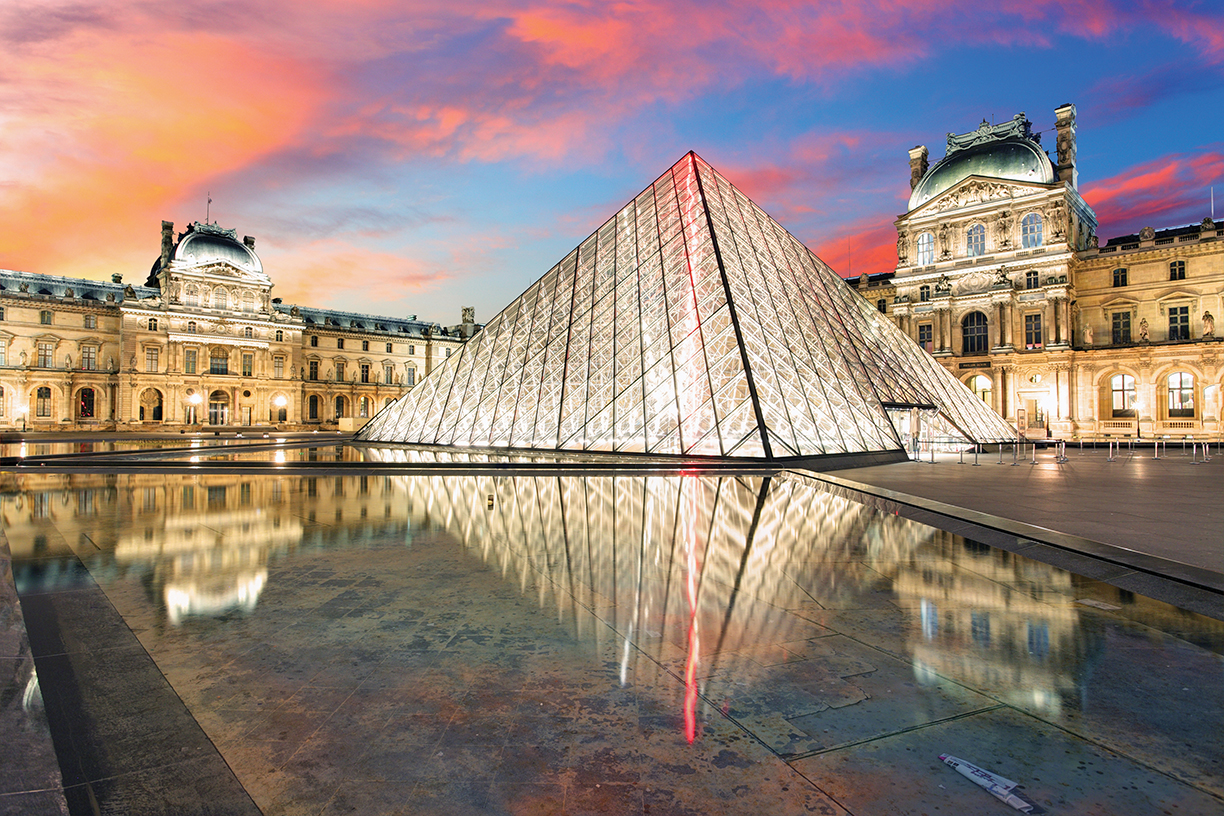
The Musée du Louvre has never before been so accessible. The museum’s most obscure and most well-known pieces are just a click away.
©istockphoto.com / TomasSereda
Open since autumn 2021, the depot creates a one-of-a-kind opportunity in the art world. “The entire collection will be accessible to the public — a world first — and will be stored at a single location next to the museum,” according to Klaassen. Even the building itself is a masterpiece. Created by the architects of MVRDV — a global architecture practice — the mirrors brilliantly reflect the surrounding museumpark, which allows the depot to seamlessly blend into the existing cityscape.
Certainly not alone in their quest to enhance the art world, the Musée du Louvre in Paris, France is also striving for something similar. The museum has moved the impressive entirety of its collection to an online platform and launched a new website, which extends the experience for those who have already visited or hope to visit in the future. “Today, the Louvre is dusting off its treasures, even the least-known,” according to Jean-Luc Martinez, president/director of the Musée du Louvre. “For the first time, anyone can access the entire collection of works from a computer or smartphone for free, whether they are on display in the museum, on loan, or in storage.”
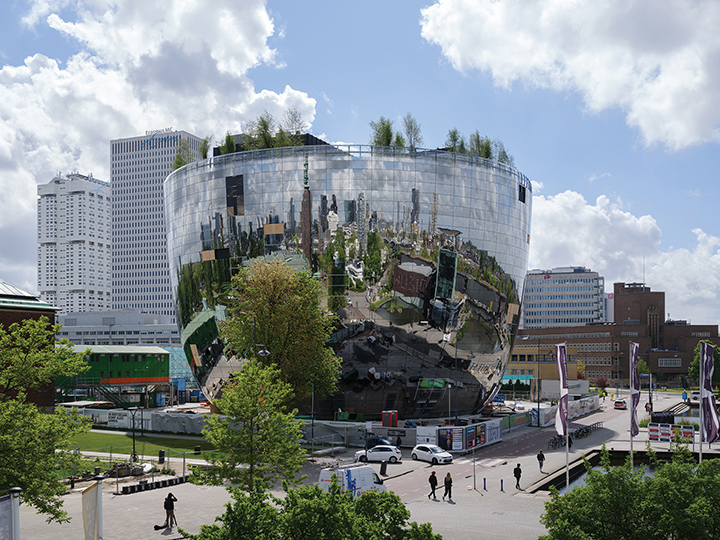
The architects of MVRDV have created an iconic building, giving a boost to the Rotterdam Museumpark. The choice to use mirrors came with the idea to make the surrounding park appear bigger, integrating the building into the landscape.
Photo by Ossip van Duivenbode.
Even prior to the pandemic, museums, galleries, and artists were working to bring art from all over the world to the masses. The British Museum, in partnership with the Google Cultural Institute, created a highly interactive timeline through history with the option to explore multiple eras, continents, and cultures throughout history and art. The Renwick Gallery at the Smithsonian American Art Museum offers virtual exhibits that take advantage of the additional space for lengthier descriptions and personal narratives from artists.
These innovative techniques continue to expand the way we experience museums and galleries. “A museum and the new publicly accessible art depot are very different,” says Klaassen. “The museum has three main functions: namely the displaying of a collection in an art/historical context, as well as conserving and researching it. The museum is the showroom, the depot is behind-the-scenes.”
The idea that an entire collection can be available is a glimpse into the future of art and adds an element of freedom when viewing it.
Typically, art in a closed depository is not accessible to the public; only a small, select group has the privilege. Approximately 95-percent of the Depot Boijmans Van Beuningen is open to the public where they can “witness museum activities such as the packaging of objects out for loan and other conservation and restoration activities,” says Klaassen.
These new types of displays and virtual tours extend the art — even the most prestigious pieces — to the far corners of the world. “The dynamics in the depot will be different from those of the museum: in the museum, exhibitions are presented, whereas the depot allows for the visitor to explore the collection of more than 151,000 objects in whatever way they like,” adds Klaassen.
France’s iconic museum has integrated an interactive map and its website allows visitors to easily navigate through different mediums, themes, or even specific rooms in the museum. “The Louvre’s stunning cultural heritage is all now just a click away,” says Martinez. Each entry is a comprehensive display of the piece, with data such as the title, artist, inventory number, dimensions, materials and techniques, date and place of production, object history, current location, and bibliography included.
For the first time in history, the art in the Musée du Louvre is accessible for viewers at any time. It is suddenly possible for visitors who missed an exhibit or simply wish to revisit a piece to do just that. These changes are shifting the relationship between art and viewers to a new level, which will only elevate the overall experience of museums and galleries. “I am sure that this digital content is going to further inspire people to come to the Louvre to discover the collections in person,” says Martinez.
The Musée du Louvre’s new website is also a place where original content is made accessible for both in-person and virtual visitors, such as live and recorded podcasts, lectures, and concerts, web series, animated stories, filmed exhibition walk-throughs, interviews, and more. “We look forward to welcoming the public to join us on a journey behind the scenes and experience all facets of working with such a high-end art collection,” notes Klaassen about the depot.
The sleek, modern design of the exterior continues inside the depot. Once inside, visitors will have the option for guided tours or to explore the building independently and peek inside restoration studios and other spaces normally closed to the public.
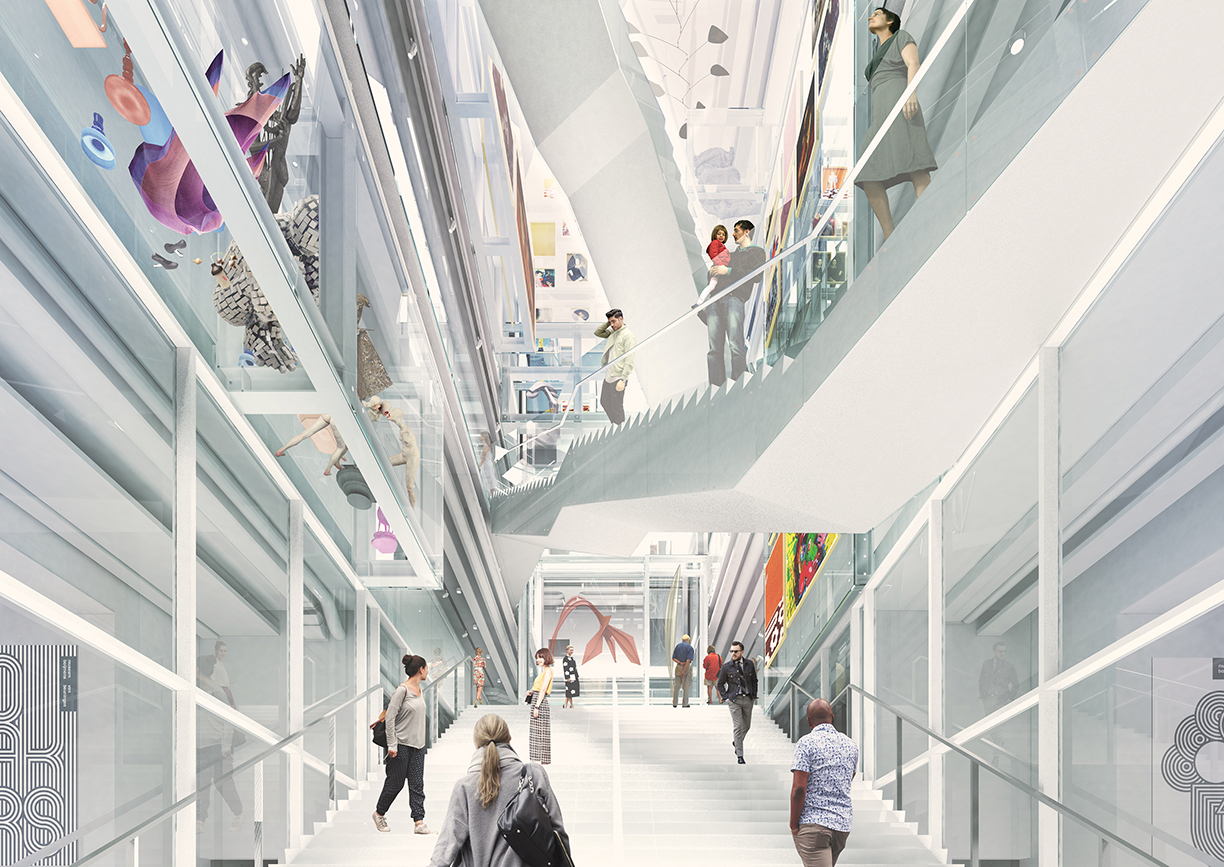
Photo by Ossip van Duivenbode;
Rendering courtesy of Depot Boijmans Van Beuningen
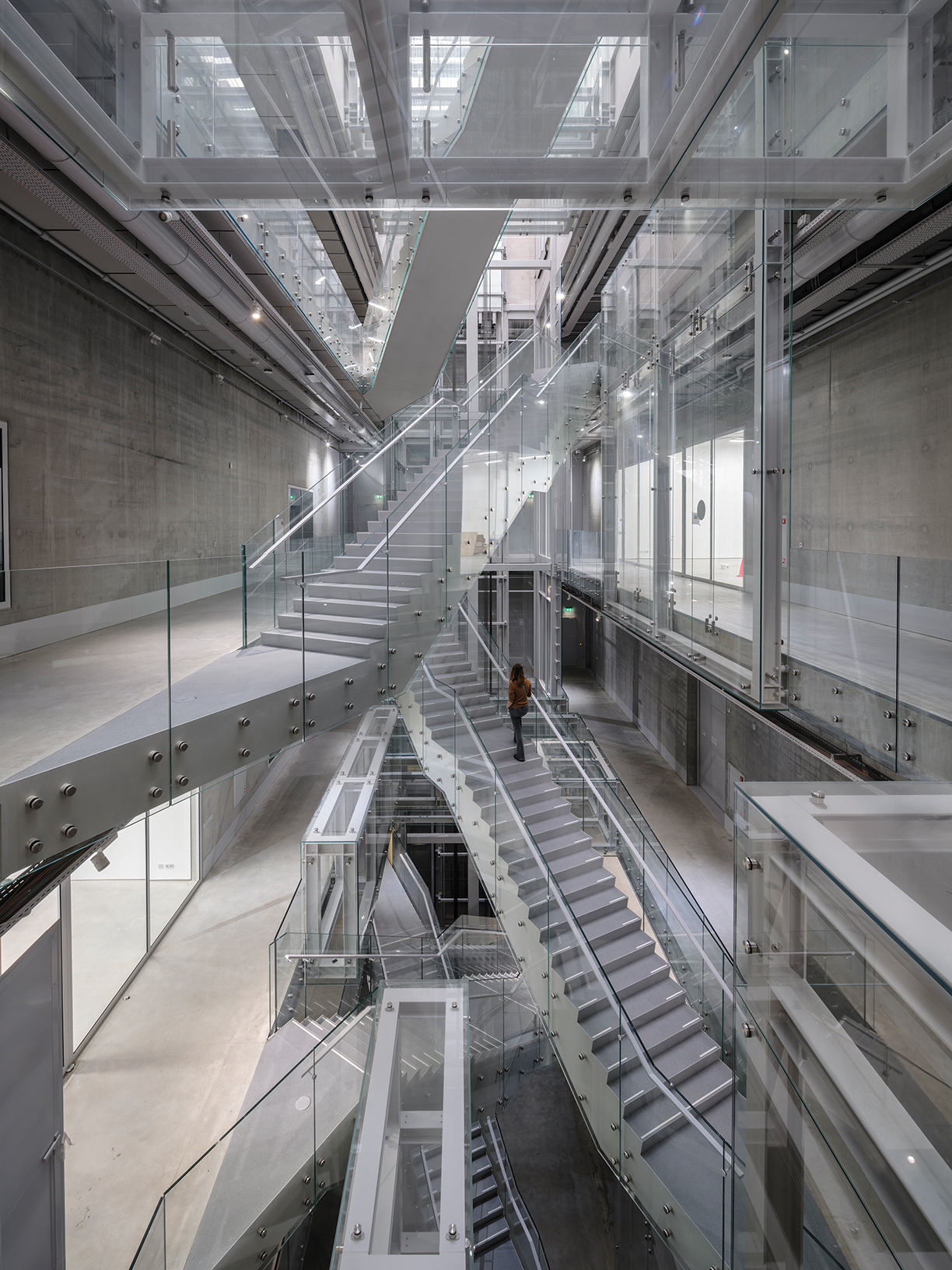
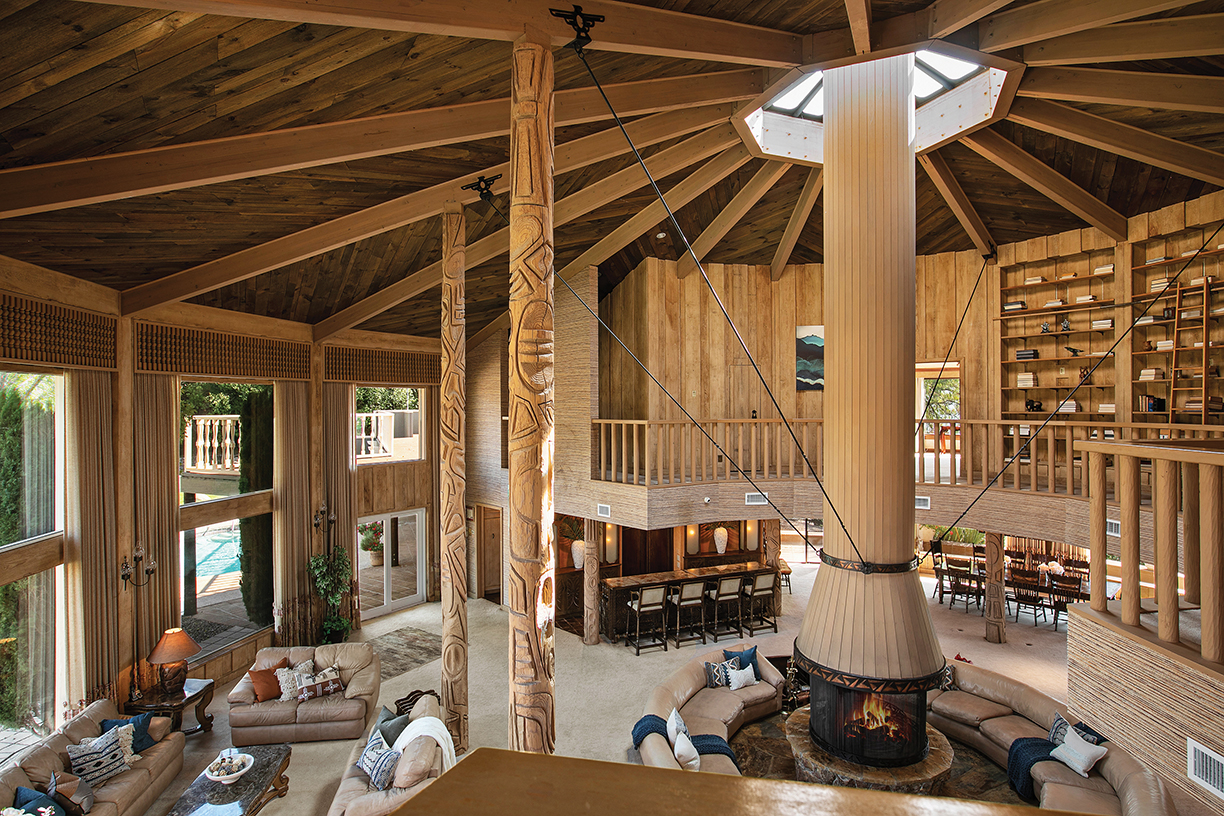
Once owned by McDonald’s founder Ray Kroc, this ranch features a pallette of stunningly beautiful pastures, valleys, hills and vistas, perfect for a family compound, company retreat, or working ranch. Comprised of 6 parcels totaling 554 acres, and multiple residences, barns, gathering spaces, and recreational opportunities.
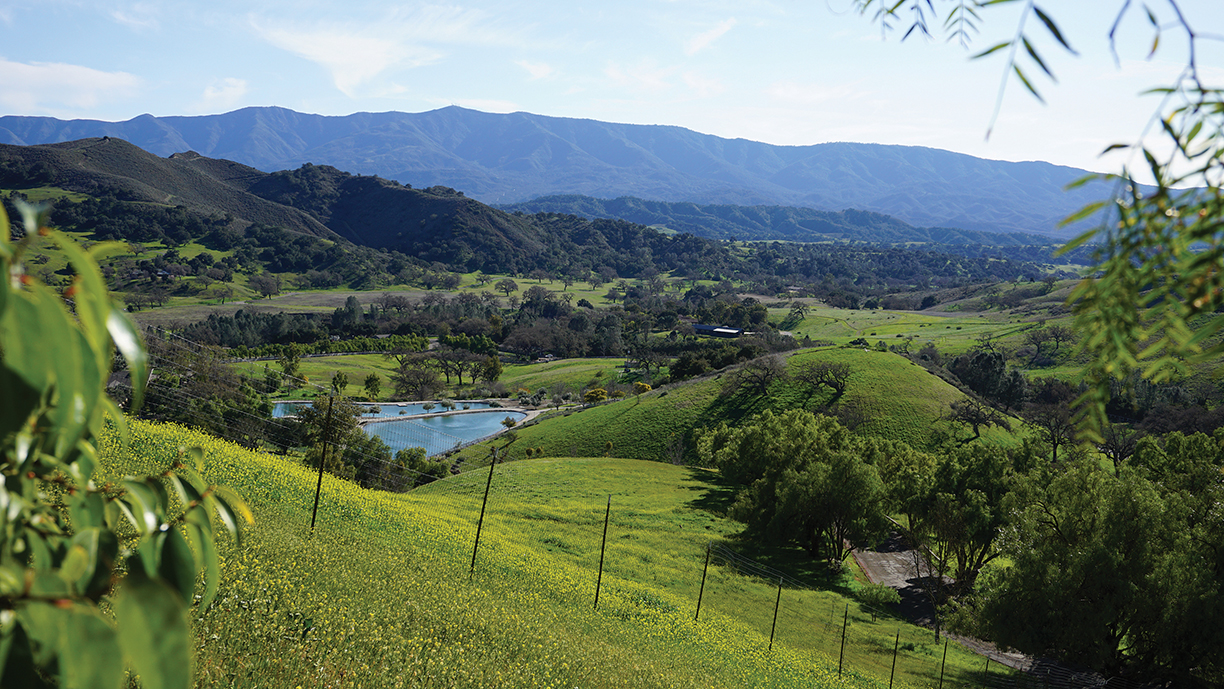
The property includes a 17,000-square-foot lodge with a 3,000-square-foot grand room, 14 bedroom suites, commercial kitchen, and dining room for approximately 100 people with overnight accommodations on the ranch for approximately 100 guests.
The Founder’s Building serves as a library, with 2 bedroom suites and ranch offices below. Other structures include a large storage barn, McDonald’s test kitchen, complete gymnasium, 4 single-family residences, 2 bunk houses with multiple en suite bedrooms, barns, paddocks and numerous fenced corrals.
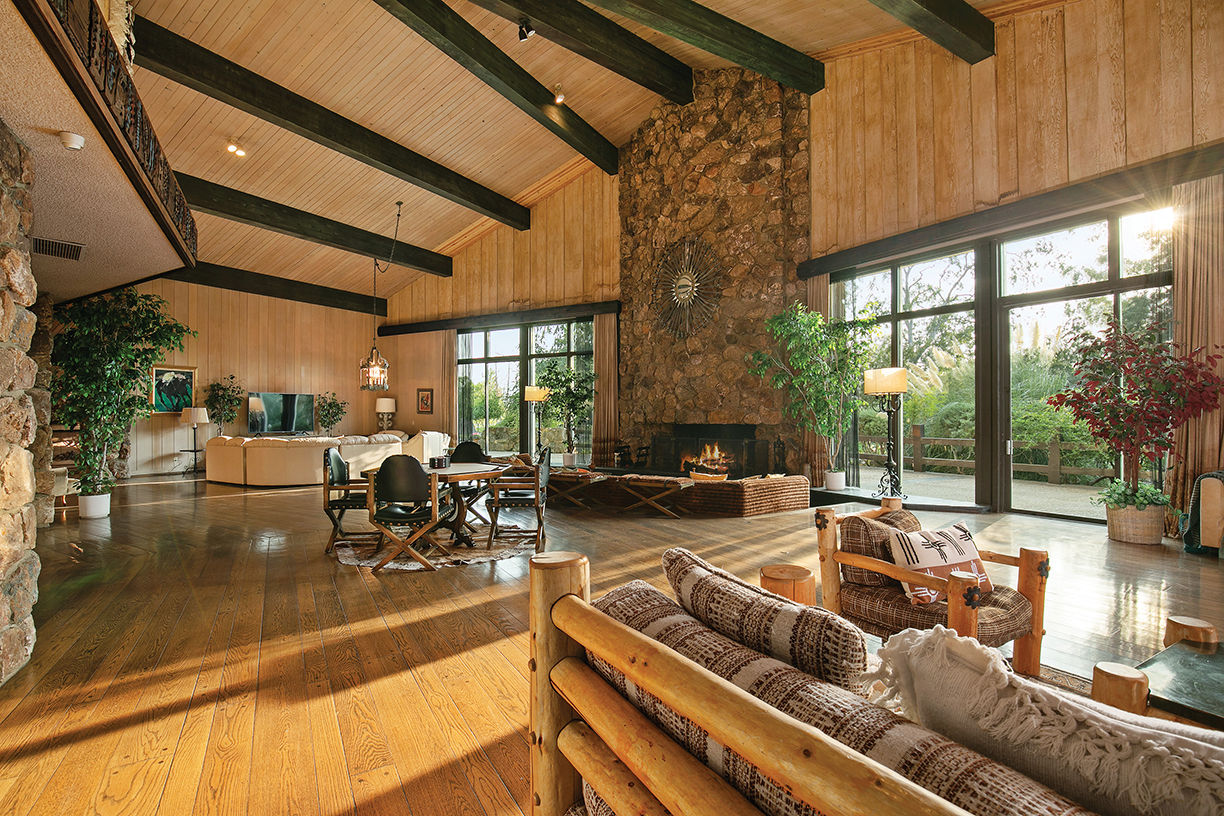
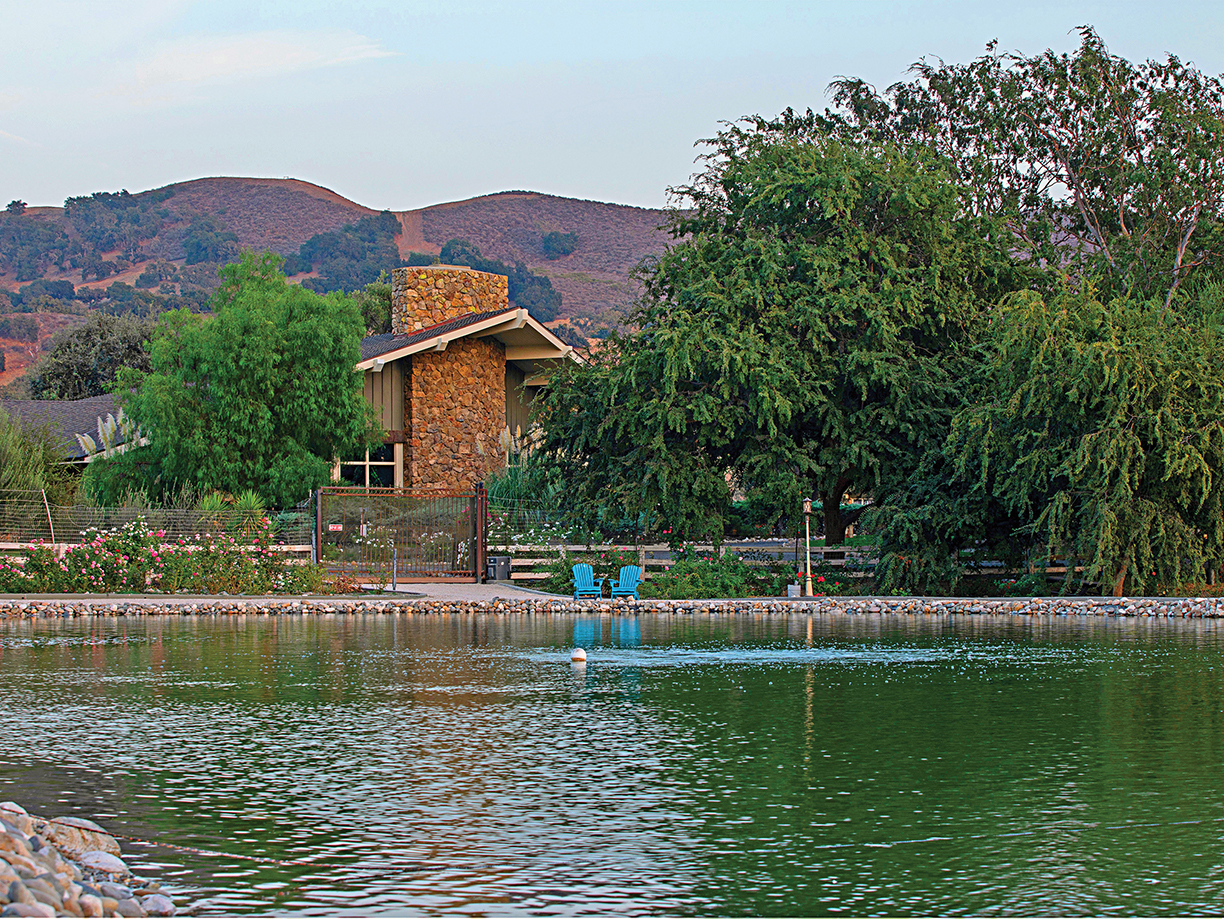
Priced at $29,000,000.
For more photos, information, and a property video click here.
For more information on this property, please be sure to contact:
Maurie McGuire, Scott Westlotorn & Maria Temmel of Coldwell Banker Realty.
Maurie@Montecitoland.com | Scott@MontecitoLand.com | Maria.Temmel@camoves.com
MM. 805.403.8816 | SW. 805.403.4313 | MT. 310.383.2337
CalDRE# 01875690 – # 01061042 – # 02023777
Photos courtesy of Maria Temmel.
In the 1950s and 1960s, Hollywood celebrities flocked to this house like bees to honeysuckle. Frank Sinatra owned it for ten years, Marilyn Monroe was rumored to add its guest cottage to her affair locations with JFK, Judy Garland and Vincente Minnelli renewed their vows there, the Rat Pack partied hearty there and guests included most of the big names in Hollywood, along with Sinatra’s politician friends. Considered to be California’s No. 1celebrity home, Byrdview, is on the market priced at $12.5 million.
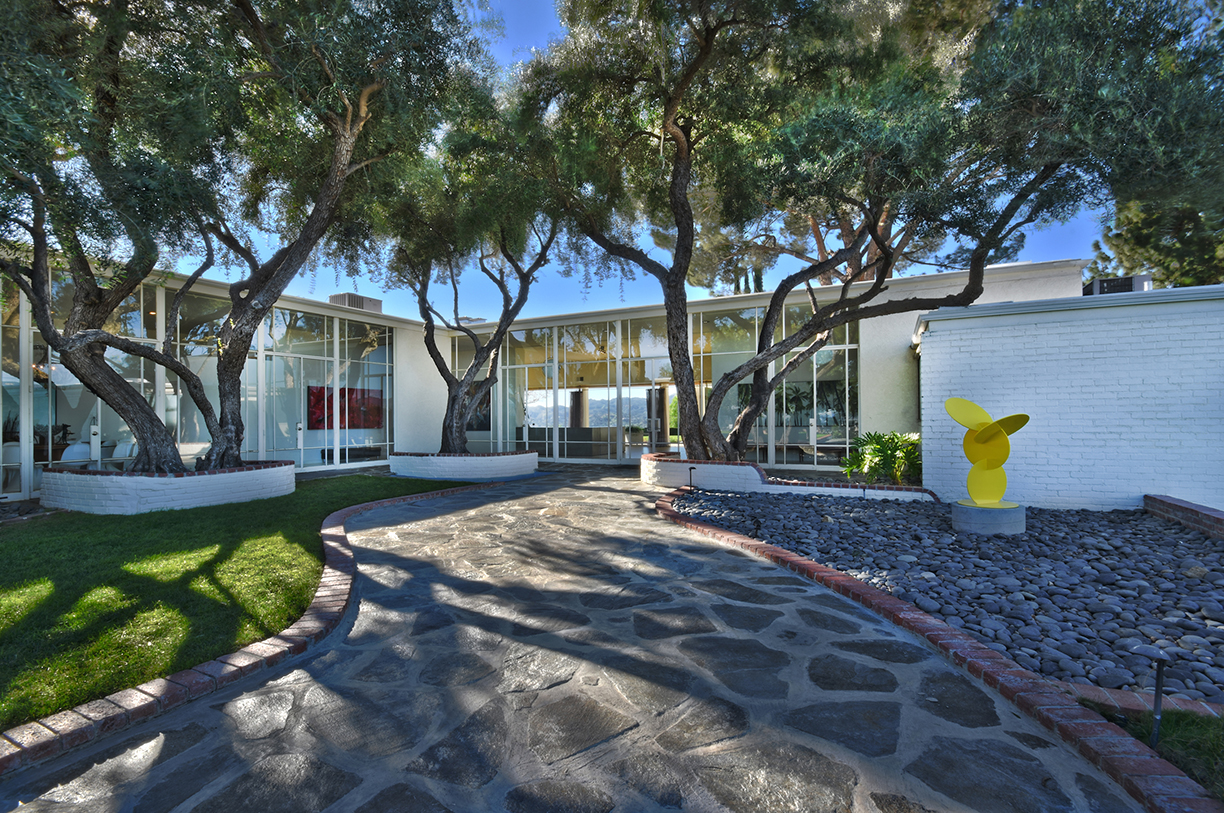
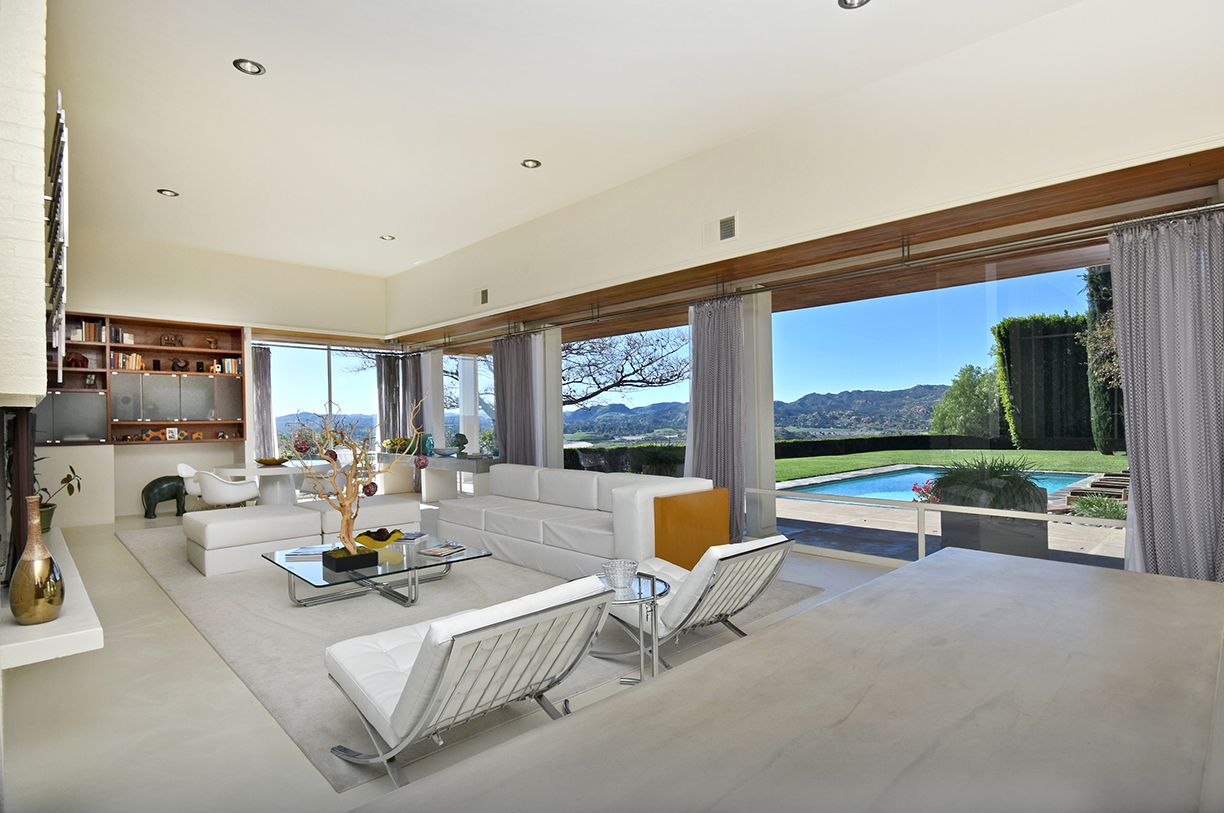
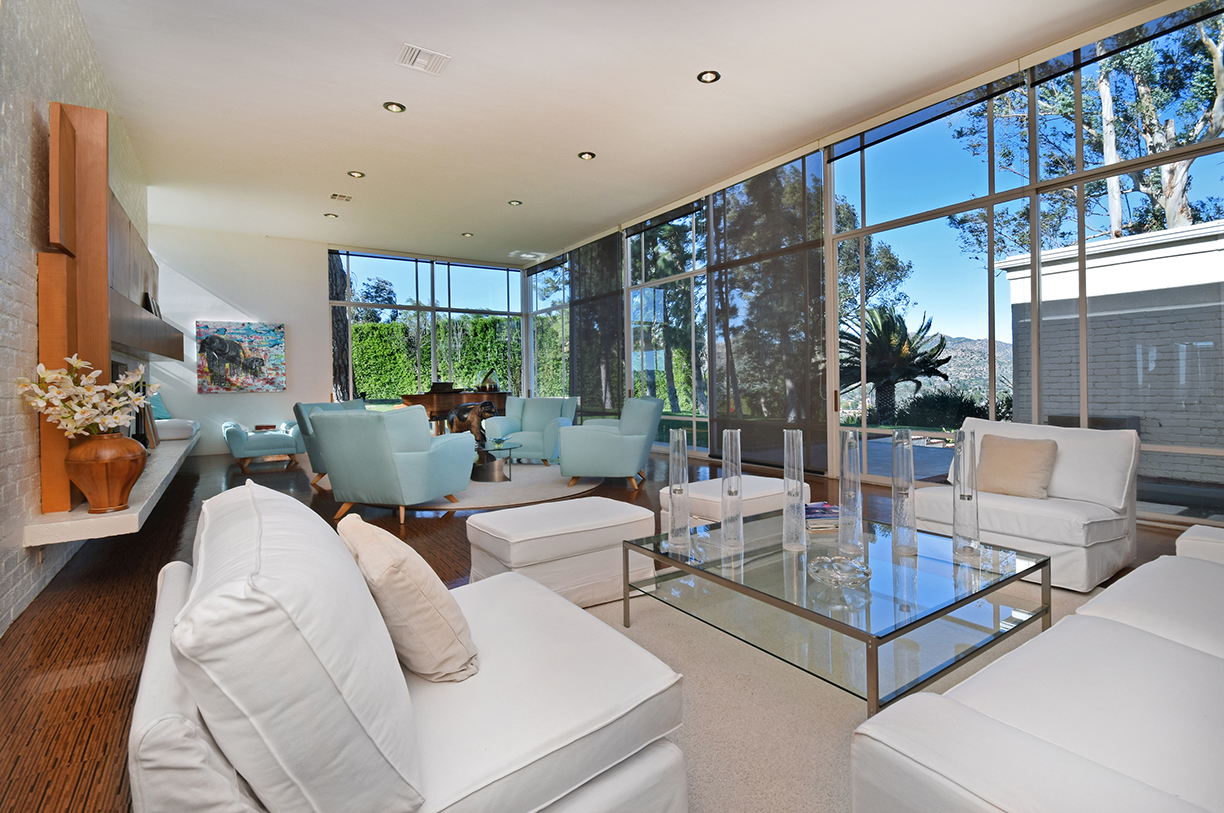
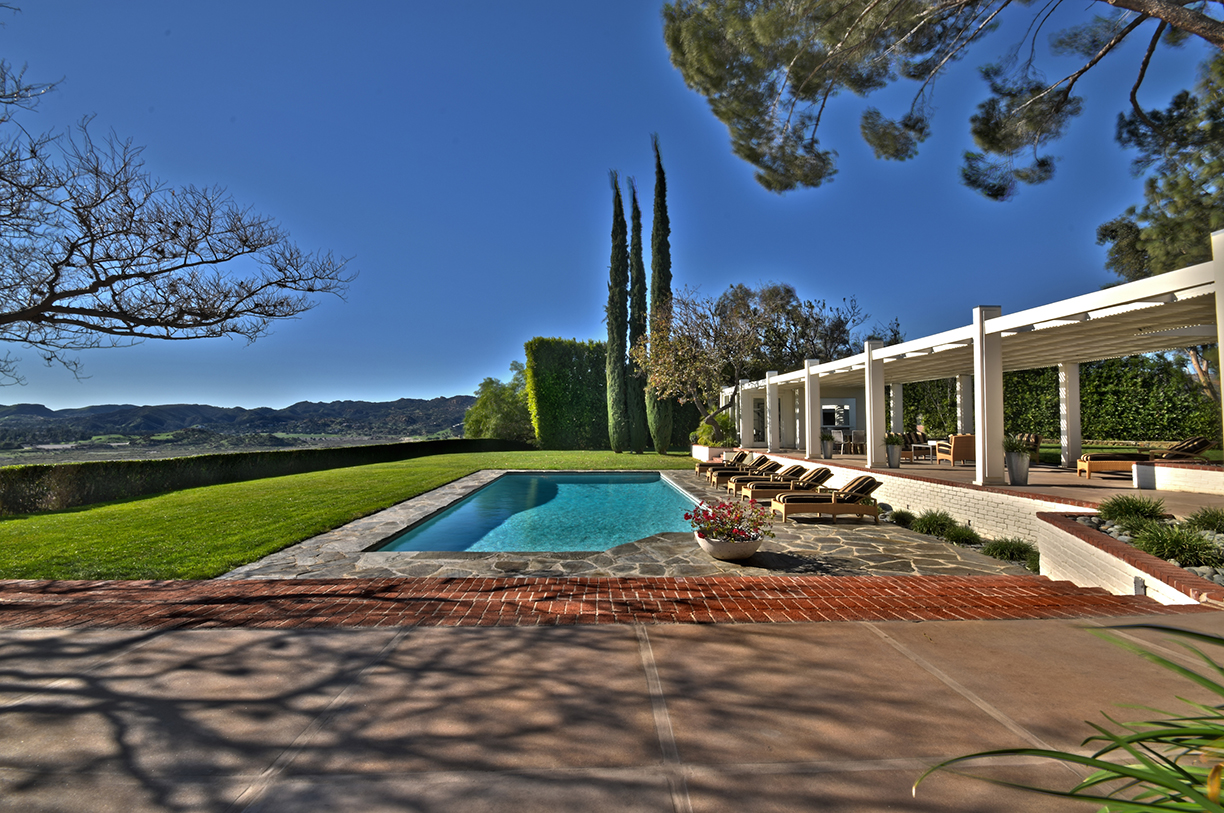
In 1949, socialite Dora Hutchinson, heir to the Chase Manhattan Bank fortune, commissioned futuristic architect William Pereira to design her new home. Not only was Pereira one of the most famous and prolific architects of the time, he had also been a film set designer, director and producer for several 1940’s movies, winning an Oscar for his special effects photography work on Cecille B. De Mille’s Reap the Wild Wind in 1942. The perfect architect to pack a dramatic punch, he designed a show stopping mid-century-modern home that was ideal for Dora’s grand-scale entertaining and would be just as stylish in 2019 as it was in the 1950s.
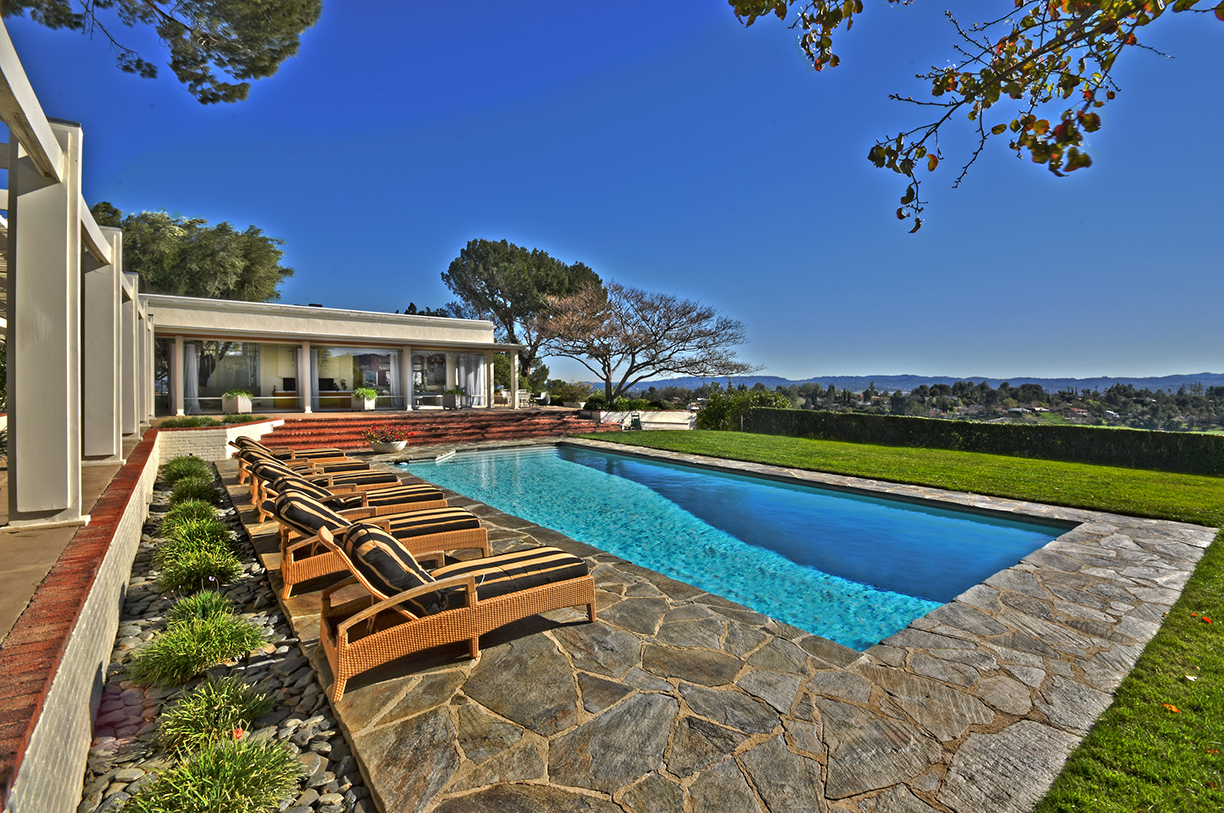
As soon as it was completed, she wasted no time in gathering the Hollywood stars and California business leaders for her soirees, many times setting off fireworks from her Byrdview perch to signal the start of cocktail hour. It was when she decided to move back to New York City that she passed it to Frank Sinatra, which shifted the entertaining from mannerly socialites to Rat Pack style.
Byrdview is located on 4.3 acres in the Chatsworth neighborhood on a hilltop with 360-degree views over Los Angeles, mountains and the surrounding 3,000 acres of nature preserve. Gated and not visible from the road, the 6,661-square-foot, four-bedroom, six-bath 60 percent of the structure’s walls are sixteen-foot-tall glass, flooding it with light and capturing the views in all directions.
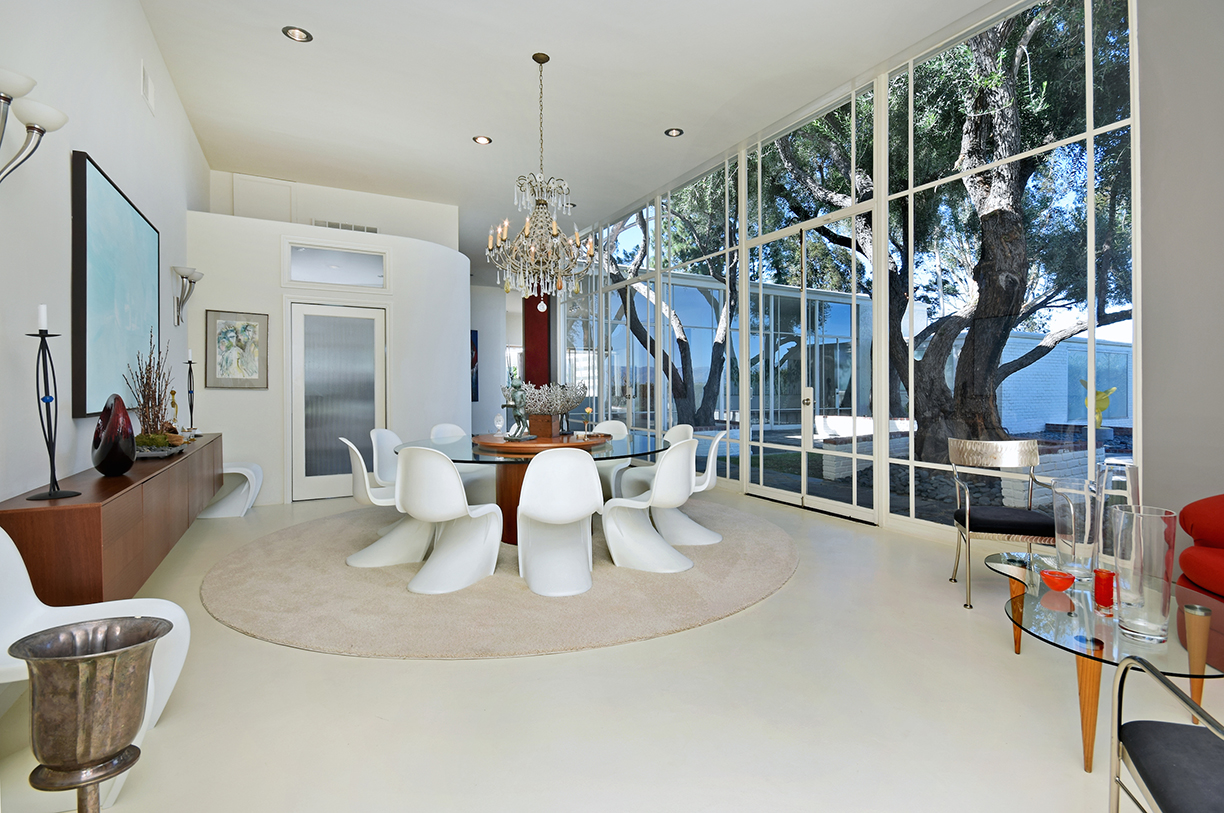
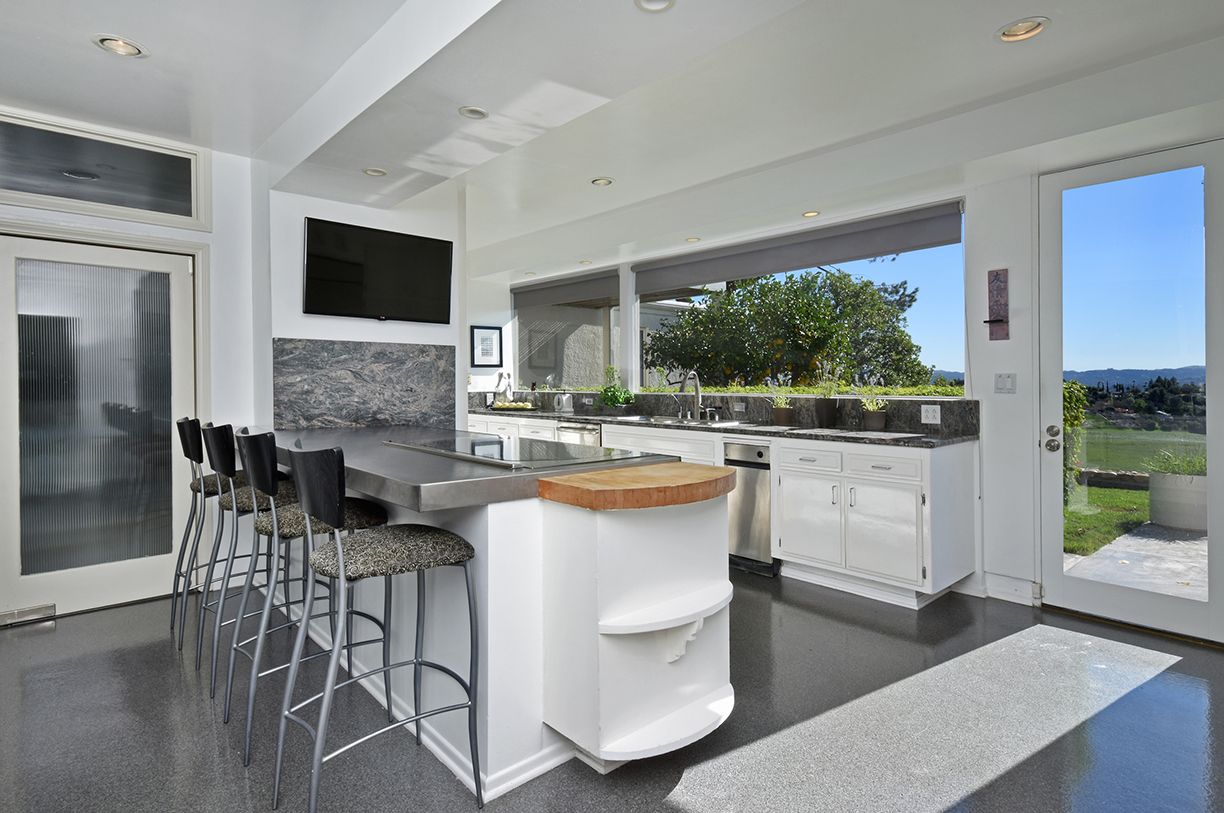
Also included is a bar, formal dining area, a den-office, large chef’s kitchen with island, breakfast nook with view and top-of-the-line appliances, a number of fireplaces, and endless entertainment areas both inside and out.
Byrdview has been the backdrop for numerous films, television shows and music videos. The house and grounds have been seen in films such as Swordfish, Dreamgirls, Transformers and Bewitched. It has also starred in television series Mad Men and Californication and music videos by Mariah Carey, Usher and Rihanna.
Byrdview, the home that has enjoyed its own celebrity status for 64 years, is for sale and priced at $12.5 million. The adjacent parcel of more than six acres also owned by the seller is negotiable separately. Co-listing agents are Craig Knizek and Barrie Livingstone of The Agency, Beverly Hills.
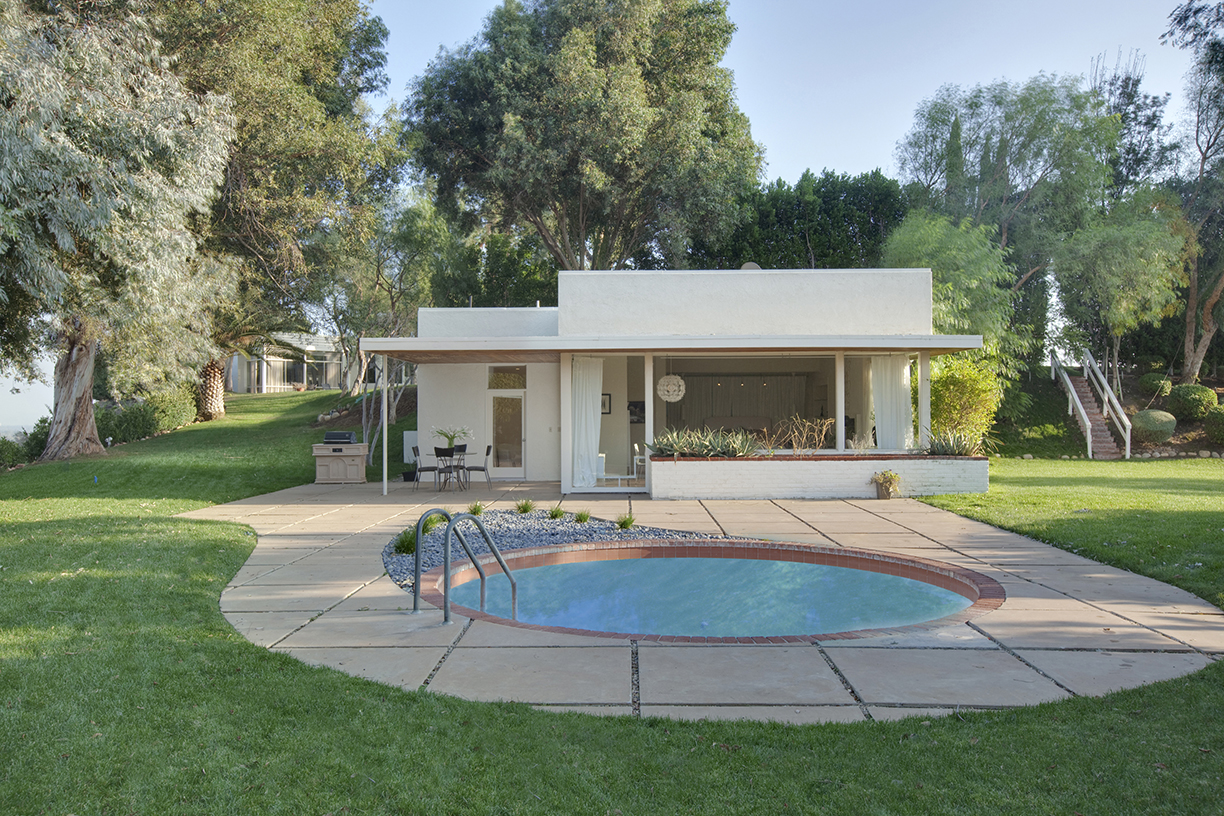
Used with permission from TopTenRealEstateDeals.com. Photos courtesy of The Agency.





